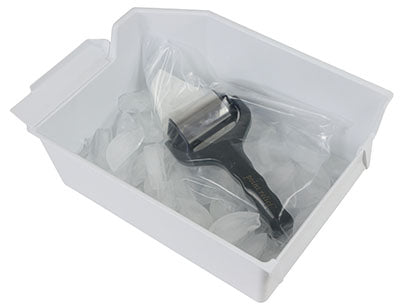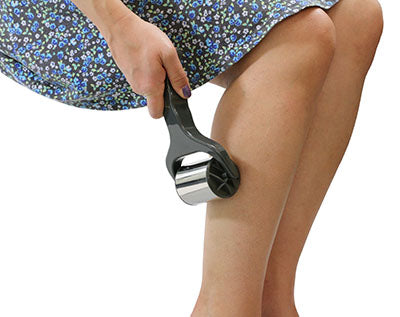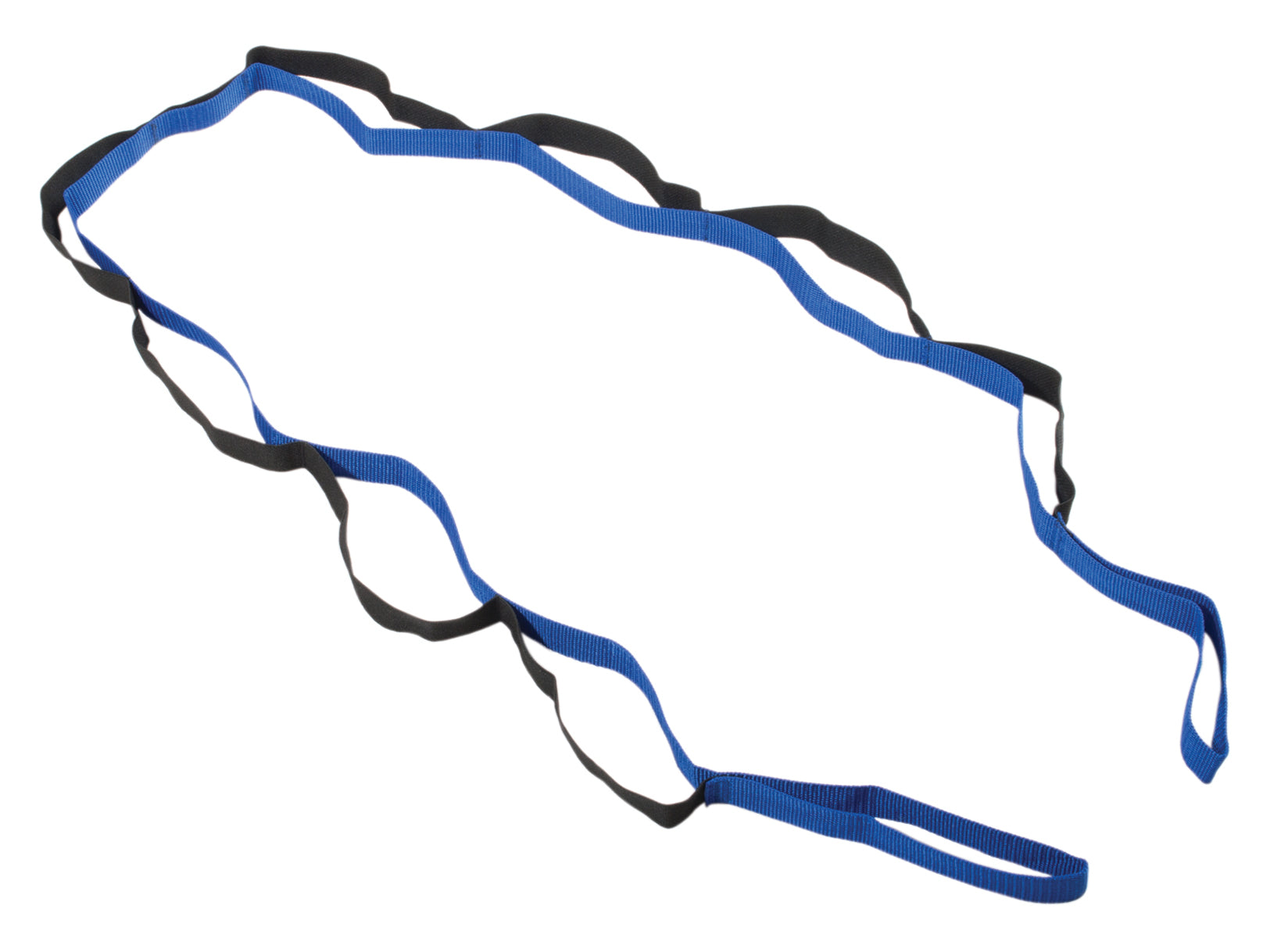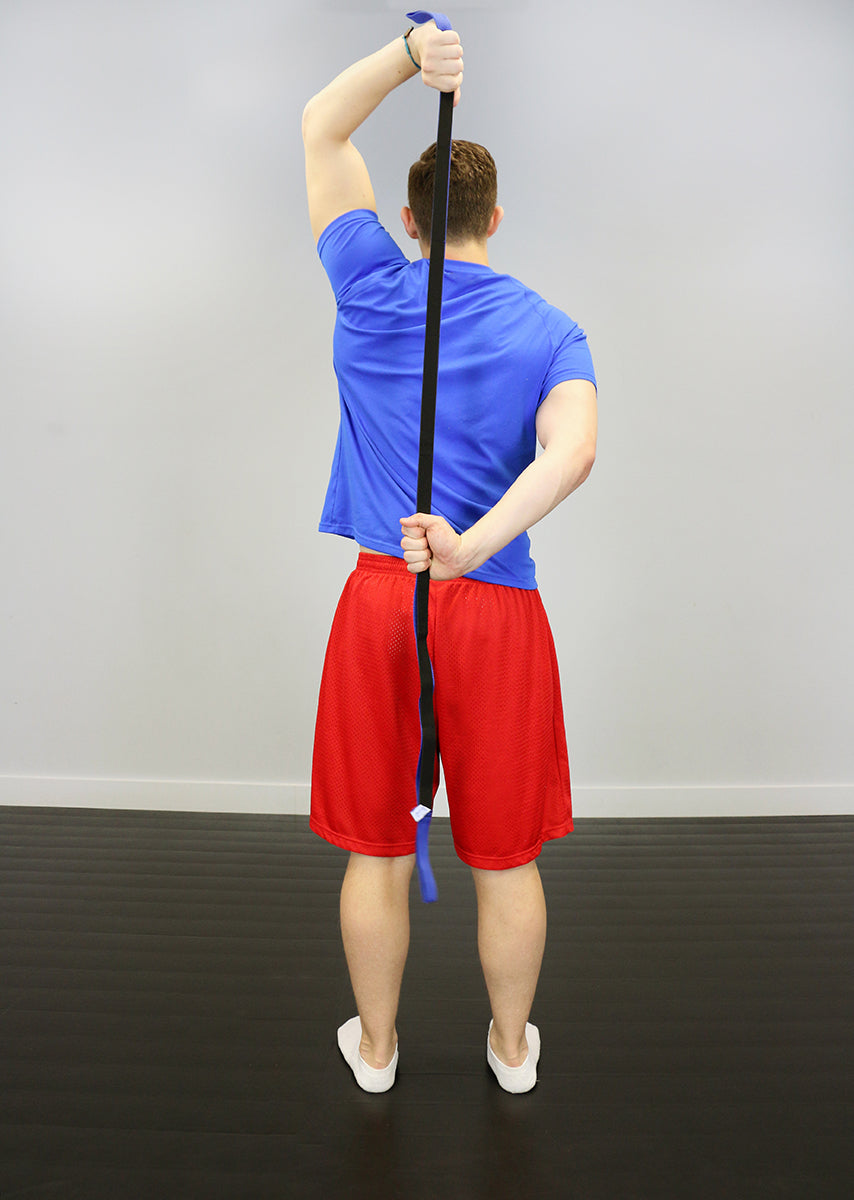If you’ve read my article
“A Brief Overview of Shoulder Subluxations” you know I have a deep interest with shoulder health. My shoulders’ propensity to shift in and out of their respective sockets has been a long and constant detriment to my sporting and lifting habits, as it has been to many athletes both professional and recreational. With the importance of this topic in mind, I’ve decided to follow up on my first article with a look at the larger field of shoulder instability, of which subluxations are a part.
Shoulder instability is roughly defined as a condition in which the upper arm doesn’t keep a proper position in the shoulder socket. The instability can be minor shifting, it can be a severe shift that corrects itself (subluxation), or it can completely be a shift where the upper arm pops completely free of the socket without returning (dislocation.) Experiencing an instability injury for the first time is one of the weirdest injury sensations you’ll ever have. Even if it’s not painful (which it can be) the sucking/sliding sensation of a subluxing or dislocating joint is startling. A serious dislocation can cause the humerus to droop below the clavicle by an inch or more, while a subluxation can last a fraction of a second and leave no visual evidence.
Anatomy
The shoulder is the most mobile joint in the body. Evolution-wise, we can probably attribute this mobility to the needs of our arboreal ancestors, and its retention and development in later iterations to the importance of tools such as primitive hammers, clubs, and spears. With this degree of freedom, however, comes increased risk of injury, as the factors that allow your shoulder to move also predispose it to trauma.Working from the inside out, we can consider the shoulder to be a very mobile ball and socket joint where there isn’t much socket to speak of. The head of the humerus is the ball, while a small dent in the scapula called the glenoid fossa is the socket. While the shape of these bones involved is important, they don’t offer much in the way of passive stability, such as how hip structure can restrict movement. This is because only a third of the humerus even makes contact with the glenoid. Instead, soft tissue largely keeps the shoulder in place.
The labrum, a dense cartilaginous lining covering the socket, is the innermost component. It’s actually larger than the socket, so in addition to acting as a cushion, it also stabilizes the shoulder. Surrounding the humerus and glenoid is the ligamentous shoulder capsule. While we usually think of ligaments as bands or strips of tissue (such as the primary knee ligaments) the shoulder capsule is roughly spherical. This allows it to act as a restraining sleeve around the socket without impairing mobility. Around the capsule are bands of ligament tissue that aid in overall stability. Finally, the muscles of the shoulder region add the last layer of stability. The rotator cuff is important here as it pulls the humerus into the glenoid and keeps it there. The biceps tendon is also an important stabilizer. More distant muscles involved in shoulder and upper back movement and posture also play a role.
When there’s a failure in any one of these elements, the shoulder joint is compromised. In many instances, instability is the result. This is especially true with the labrum and capsule are involved.
Categorizing Instability
Traumatic instability is the result of a forceful injury—an arm tackle in gridiron football or rugby gone wrong are common examples. These injuries generally cause tears to the labrum and/or ligaments and dislocate the shoulder completely from the socket either posteriorly or anteriorly. Some of the worst injuries I’ve heard about involve rodeo riders getting their arms entangled in ropes and nearly getting the shoulder ripped from the socket. On the opposite end of the spectrum, overhead athletes (especially baseball pitchers) can create instability-causing trauma just by pitching; while they don’t get as much attention as balky elbows, plenty of ball players get sidelined with torn labrums.Atraumatic instability is usually congenital. A Canadian study on fetuses showed that a quarter had “pouches” in their shoulder capsules that would supply the humerus with damaging freedom within the socket. I realize that I just talked about how minimal the shoulder socket it is, but newer research indicates its angle can have an impact as well by predisposing joint slippage.
There’s also some chicken-egg gray area where these factors merge. A traumatic injury can loosen joint structures so that subluxations and dislocations occur. Conversely, an already loose shoulder capsule can increase the odds of a traumatic injury to the labrum. I’m likely a gray-area case. My instability certainly began as congenital, though spending my teen years involved with collision activities like martial arts, wrestling, football, and weight training exacerbated my already loose shoulder capsules.
Instability is also defined by what side of the shoulder it appears on, i.e., whether it is anterior or posterior. Upwards of 90% of shoulder instability is anterior in nature, and since the symptoms and treatment are roughly similar (even trained examiners can mistake one kind for another) elitefts readers should take note for one key reason: horizontal pressing is a major cause of posterior instability. This includes benching (particularly the lockout) and blocking and shedding in gridiron football. For an athlete to come back from shoulder instability, the knowing the minor differences of location can be critical to recovery.
Instability and Lifting
Horizontal Presses: Instability can cause stabilizers to fatigue before the prime movers. In a barbell press, this can result in a difficult or failed lift, accompanied by a general sense of pain and/or movement in the shoulder. Dumbbell presses are trickier, as the greater degree of movement and mobility gives a chronically unstable shoulder a chance of subluxing or even dislocating during the movement.Overhead Presses: Improper positioning of the humerus can cause pain or joint damage, and can be a limiting factor at the bottom of the lift. At the top, controlling the barbell/dumbbells becomes more difficult, in the worst case leading to a dumped bar that itself worsens the injury or causes a new one.
Cleans: Having the bar land properly on your delts can cause pain.
Snatches and Overhead Squats: Shoulder instability can make it impossible to keep a bar stable with any kind of trunk lean. A special note of caution here: this is load dependent, meaning someone can pass an FMS-style overhead squat test with a broomstick, but dump an unloaded barbell during the same movement.
Pulls: Pulls, like deadlifts, can cause an unstable shoulder to migrate from the socket. In my case, heavy deadlifts cause my worst shoulder to actually shift downward so that the bar on that side slows or even droops during my lockout. I haven’t run into this problem with hex-bar deadlifts. In longer sets, the weight can compress nerves, lead to generalized joint pain, and cause longer-term problems with overactive neck muscles.
Squats: Placement of a barbell across the back can pressure the shoulder into shifting and compress nerves in the shoulder girdle. In longer sets, there can be acute generalized joint pain and longer-term problems with overactive neck muscles.
Bodybuilding/Accessory Work: The same prime movement problems can emerge where a lift for the chest or delts gives out or has an ineffective range of motion because of stability issues. This can even occur in exercises only tangentially connected to the shoulder, such as curls.
Treatment
There’re some generalizations on hierarchy that can be made with shoulder instability: in sporting populations, traumatic injuries call for surgery, while atraumatic injuries call for rehab. As with defining the injuries, this isn’t 100% black and white, but it’s a useful guideline.Regarding just the factors of shoulder instability (and not damage to biceps and rotator muscles and tendons that often accompany traumatic injuries), a recommendation of surgery usually means the labrum was torn. In sports, it’s almost impossible for the capsule and stabilizing muscles to take over for an injured labrum. Minor tears are generally smoothed down (or debrided) arthroscopically to prevent erosion or catching from contact with the humerus. Significant tears are anchored down to the bone surface. Less common are more minor operations to reduce the size of a stretched or congenitally oversized shoulder capsule, and major operations to repair bone damage with grafts. If untreated, subluxations lead to bone loss, both of these treatments can be applied to a single shoulder.
One side note here is the use of thermal capsulorrhaphy, which is the application of intense heat to the shoulder capsule to create shrinkage. The general consensus is that this is an inferior form of treatment, though I’ve seen hints that opinions might be changing. Keep an eye on developments if you ever find yourself considering instability surgery.
On the other hand, a loose capsule can be compensated for by a mix of posture/positional awareness and strengthening of the stabilizer muscles. The
Blackburn exercise series is the best known. A typical rehab routine might start with Blackburns, then progress to closed-chain movements such as performing push-ups against a wall, and conclude with more demanding closed-chain movements.
I don’t think the science has caught up with pre-hab and the prevention of shoulder instability, though it seems reasonable to think it can help. At the very least, incorporating pre-hab techniques into your warm-up and/or outright training can help manage existing shoulder problems. Exercises to look at include:
- External/internal shoulder rotations: Cuban rotations, no-moneys, shoulder horns, supine DB rotation.
- Scapular depression: Prone Ys, wall angels/slides, band pull-downs.
- Scapular retraction: Band pull-aparts, bent raises, face pulls.
- Upward scapular rotation: overhead shrugs, straight-arm shrugs with arms parallel to floor.
- Combination: Overhead holds while walking, T push-ups, push-ups with scapular protraction, blast-strap push-ups, face pulls with external rotation, rows with flexed pause, pull-ups/pull-downs with flexed pause, Turkish get-ups, armbars with kettlebells, pull-ups/pull-downs with locked scapulae.









































































